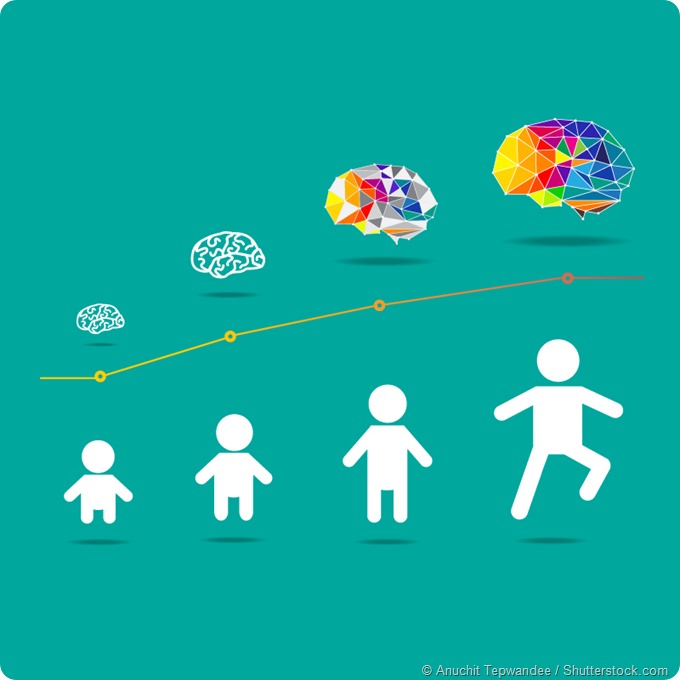Results of a new study published this week in Nature indicate that it is possible to identify children at risk of developing autism at 6‑12 months of age, allowing treatment to be started before symptoms manifest.

Autism spectrum disorder (ASD) is a complex lifelong developmental disability that affects how people perceive the world. It is diagnosed in about 1 in every 68 school-aged children, giving rise to around 700,000 sufferers in the UK and 3 million in the US.
Common presentations of ASD include behavioural difficulties in children that results from their confusion in interpreting what is happening around them and increased sensitivity to external stimuli, such as noise. Individuals with ASD can also struggle with social interaction, are highly self-focussed and demonstrate repetitive behaviours or interests. Symptoms usually first become apparent around the age of 1‑2 years. Although the condition cannot be cured, coping strategies and appropriate behaviours can be learnt to improve a patient's quality of life. Such interventions are most successful when started early as the brain is more malleable.
The latest study led by researchers at the University of North Carolina-Chapel Hill investigated the early development of ASD in 106 infants who had elder siblings with the condition, and were thus at high risk of developing it themselves, and 42 infants with a low risk of developing ASD. Magnetic resonance imaging (MRI) of the brain was conducted at 6, 12, and 24 months after birth.
The images showed that the excessive increase in brain volume that gives rise to symptoms of ASD between 1 and 2 years of age was preceded by an over-expansion of the brain surface at the age of 6‑12 months. Using specially developed algorithms on brain growth parameters, researchers correctly predicted 80 percent of those infants who would be diagnosed with ASD at the age of two years.
Senior author Joseph Piven, Professor of Psychiatry at the University of North Carolina-Chapel Hill, explained:
Typically, the earliest an autism diagnosis can be made is between ages two and three... Our imaging approach may help predict during the first year of life which babies are most likely to receive an autism diagnosis at 24 months...This means we potentially can identify infants who will later develop autism, before the symptoms of autism begin to consolidate into a diagnosis "
The ability to identify autism risk before symptoms manifest means that very early preventive treatments can be implemented before changes to the brain have occurred. Furthermore, corrective treatment is most effective when started early so identifying a means of earlier detection opens up the possibility of improving long term outcomes for patients with ASD.
Sources:
Hazlett HC, et al. Early brain development in infants at high risk for autism spectrum disorder. Nature 2017;542:348–351. Available at http://www.nature.com/nature/journal/v542/n7641/full/nature21369.html.
University of North Carolina Health Care Press release 15 February 2017. Available at https://www.eurekalert.org/pub_releases/2017-02/uonc-rum021317.php.